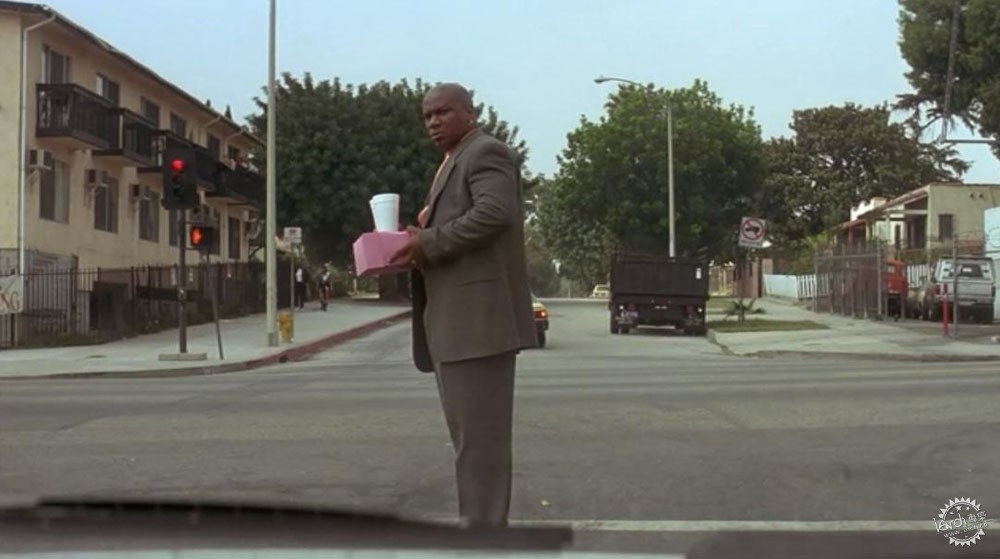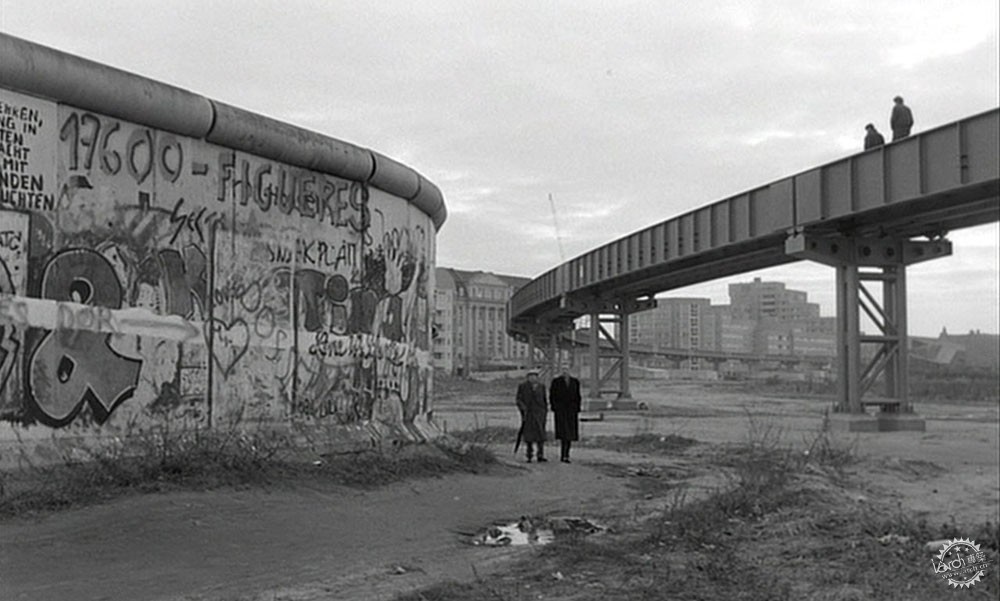
探索后现代主义建筑与城市的4部电影
4 Films to Explore Postmodernism in Architecture and Urbanism
由专筑网小R,邢子编译
芬兰建筑师兼教授Juhani Pallasmaa曾经说过:“建筑师及其他专业人士如果对建筑与城市规划真正感兴趣,那么他们一定会去研究电影,因为这能给自己的专业带来更加微妙与灵敏的视角。”由于电影的技术与美学特殊性,让概念以简约的方式得以表达,使之成为传达建筑与城市空间的概念与思想的强大工具。
电影作品所带来的自由性与空间时间流动性让其呈现出来的空间更加接近想象,因此,建筑与城市也会在观众的眼中成为分散的碎片,人们会通过图像与感受将记忆碎片连接起来。
流动性与模糊性是电影图像的典型特征,而这种特征类似于20世纪下半叶流行的建筑与城市规划之中的后现代主义,在这种概念中,有着种类繁多的思想与风格,因此也构成了建筑领域理论与实践的广义理念。就此而言,电影能够帮助人们理解建筑领域后现代主义的各种想法。
以下是四部结合城市主义与建筑领域后现代主义的多方面概念的电影:
"Films have been studied by architects and other professionals who are interested in the field of architecture and urbanism because they offer a more subtle and responsive perspective of our discipline," Finnish Architect and Professor Juhani Pallasmaa tells us. Through its technical and aesthetical particularities, the cinema can go beyond simple representation to be a powerful instrument for conveying ideas and concepts related to architecture and urban space.
The freedom and space-time fluidity provided by film production bring the spaces represented in movies closer to the immateriality of imagination - even when filmed in real locations. Thus, architectures and cities are transformed into a fragmented network of spaces in the mind of the viewer - connecting memories with other images, experienced or witnessed.
This kind of fluidity and absence of precise definitions, which are typical of cinematographic images, can be compared to the post-modern ideas that spread in architecture and urbanism from the second half of the 20th century onwards, in which the profusion of different points of view made up a larger image of the theoretical and practical panorama in the field of architecture. In that sense, movies can be a good contribution to understanding the fragmentation of thought that has characterized postmodernism in architecture.
Below are four films that address several aspects of postmodernism in urbanism and architecture:
控制的庆典——《楚门的世界》/ Peter Weir, 1998

楚门是历史上最真实的真人秀主角,他自己始终不知道,他出生以来,就有数千台摄影机不断地对着他,他身边的人们都来自于电视节目的安排,他所经历的风景同样也来自于虚构,例如组织良好的城市、独栋的住宅、美丽的花园、高素质的市民等等。这部电影的布局源于美国城市主义,准确真实地表达了人性的特征,而楚门始终不知道自己在其中的位置。
Celebration of Control - The Truman Show (Peter Weir, 1998)
Truman is the main character in the biggest reality show ever produced - but he doesn't know it. Since he was born, thousands of cameras have followed his life and everyone around him is part of a huge television production. The scenery is no less fictional: an absolutely organized city, with single-family homes isolated in their lots, perfectly mown gardens and good citizens. Designed along the lines of the new American urbanism, the show's scenery is a precise reflection of the superficiality of the characters and of the actual TV program, in which Truman, without knowing, plays the leading role.
反乌托邦的技术——《银翼杀手》/ Ridley Scott, 1982

城市未来的反乌托邦视角也是电影与建筑之间的交汇点,电影《银翼杀手》就是很好的案例,电影虚构了洛杉矶城市,这座模控社会融合了许多建筑特征,这源自于多年的发展,但是它们彼此之间却格格不入,从而也构成了混合型的社会。整个电影的环境是后现代反乌托邦主义的宣言,而这种宣言则来源于后工业时代的资本主义霸权。
Technological Dystopias - Blade Runner (Ridley Scott, 1982)
Dystopian visions of the future of cities also make up the spectrum of intersections between architecture and cinema. An example of this is the film Blade Runner, that features a fictional city (San Angeles), which is the result of a new cybernetic society that combines different architectural styles, as a result of years of hybrid usage of spaces and structures, often not compatible, ultimately resulting in residual spaces. Its environments are dystopian manifestations of postmodernism granted by the capitalist supremacy of the post-industrial era.
郊区化生活——《低俗小说》/ Quentin Tarantino, 1994

Quentin Tarantino将普通城市的郊区作为故事发生的背景,这里有失业者、杀人犯、女服务员、路边酒店,各个元素在这里混合为“肮脏现实主义”的故事情节,而这些情节也可以发生于任何一座城市。美国城市的各种现象也出现在电影之中,低密度城市成为一种隐喻,人们的心中常常缺乏归属感与场所精神。
Suburbanization of Life - Pulp Fiction (Quentin Tarantino, 1994)
Quentin Tarantino portrays the suburbs of a generic city as the backdrop to a series of ordinary stories: unemployed people, murderers, waitresses, and roadside hotels make up a plot that fits into what might be called dirty realism, which can unfold in any part of the world. The sprawling phenomenon of American cities can be seen in several locations in the film, and the low urban density can serve as a metaphor for a kind of scarcity of the sense of place that is found alongside the characters' psyche.
场所的抑制——《柏林苍穹下》/ Wim Wenders, 1987

电影《柏林苍穹下》的故事发生于柏林墙倒塌之前。整座城市支离破碎、杂乱无章,这些印象来自于当地的居民。建筑与城市,亦或是一片废墟,触动了人们的心弦,触发了亲密的场所记忆,而这些记忆不只是缺席的存在,也是他们脑海或心灵中的情感投射。
Suppression of Places - Wings of Desire (Wim Wenders, 1987)
Wings of Desire takes place in Berlin, just before the fall of the wall. Fragmented, the city is presented as an overlapping of rags that are uncoordinated and devoid of memory - a condition reflected by its inhabitants. Architecture and the city, or the emptiness left by them, reach the characters' psyche, triggering intimate and particular memories of places that now only exist as the presence of an absence, or as the intimate projection of their own minds and emotions.
|
|
